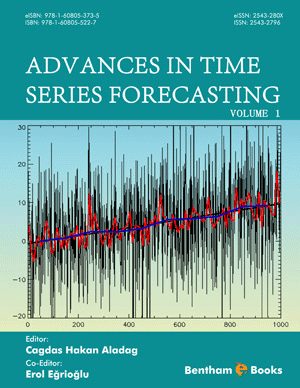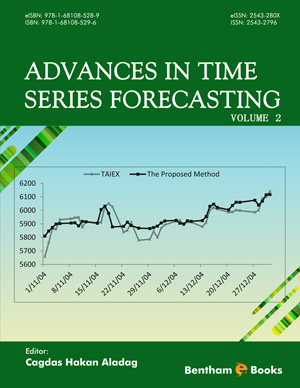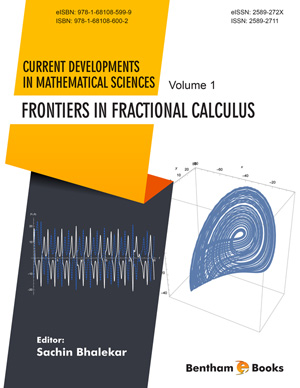Abstract
This introduction outlines the main issues that are to be analysed extensively in the following chapters. It begins with a general description of the Stokes phenomenon in asymptotics. Despite being discovered in 1857, it is pointed out that a complete theory giving the exact size of the jump discontinuities is still not available. Before such a theory can be realised, however, the developments up to the present day need to be discussed. After describing Stokes’s seminal work, the introduction proceeds to the work of Heading and Dingle, a century later. Out of the ob-servations of these three figures a conventional view of the Stokes phenomenon evolved whereby the multipliers of subdominant asymptotic series experience jumps of unity across Stokes lines. Then in 1989 Berry argued that the multipliers experience a rapid smoothing at Stokes lines, al-though there has never been a definitive demonstration of this behaviour. Such a demonstration can only be performed if methods exist for obtaining meaningful values from divergent series, a process referred to here as regularisation. The introduction concludes by discussing the two meth-ods for regularising a divergent series used throughout this book, namely Borel summation and Mellin-Barnes regularisation.












